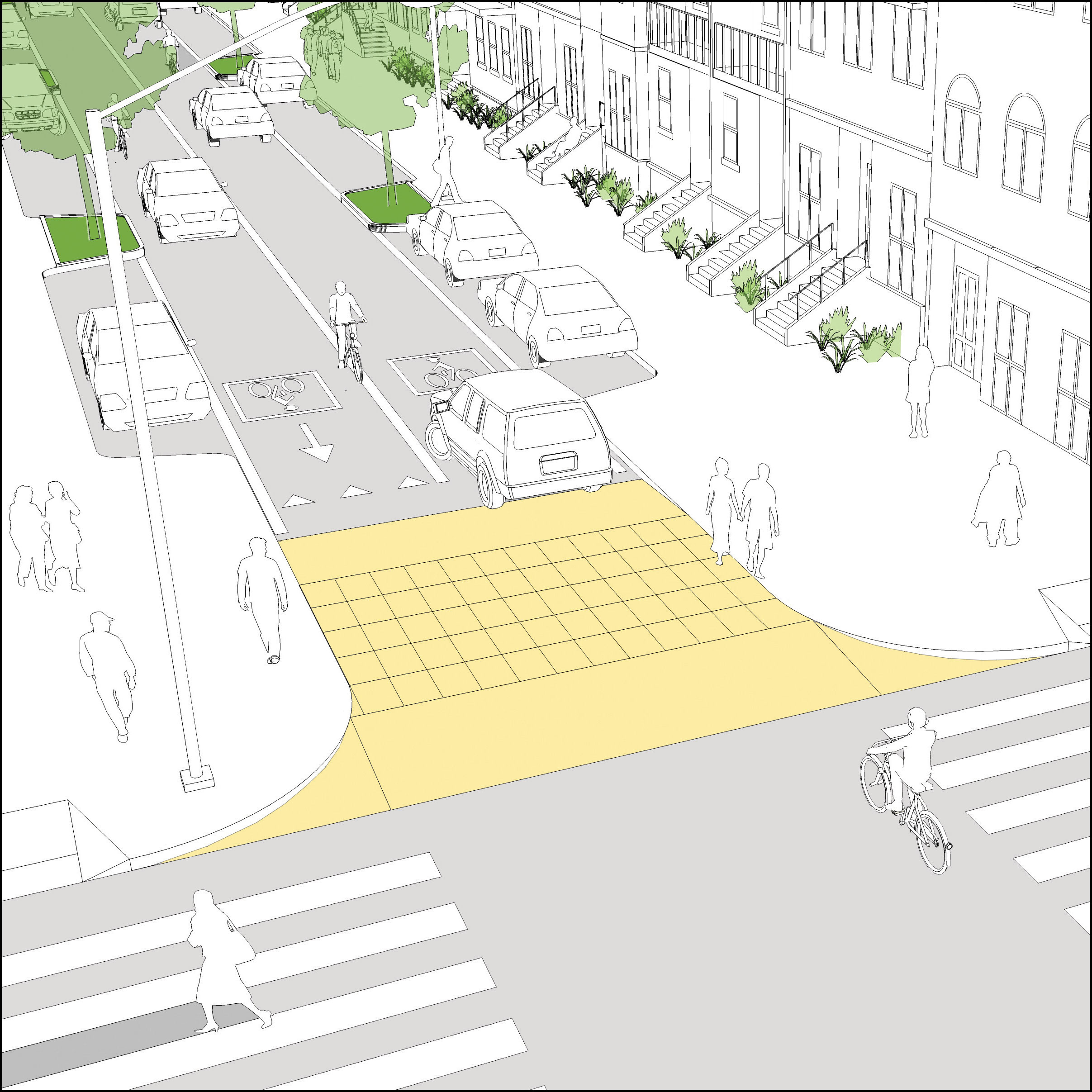Monarch Butterfly
Superstar
Three Turning Restrictions Cities Need To Put On Drivers
From link.To everything there is a season — but killer turns (turns, turns) should never get the time of day in U.S. cities.
Across the country, about 26 percent of fatal car crashes that claim pedestrian lives occur at intersections where walkers are supposed to protected by crosswalks, even if they’re unmarked; for cyclists, the percentage is a whopping 37 percent. Many such crashes happen because drivers fail to perform legal turns safely — and many legal turns are simply dangerous.
Here are three sharable takes from advocates on the turning restrictions they think cities should put in place now — and why.
1. Ban right turns on red
Almost every American city except forward-thinking New York (and Canadian city Montréal) permits motorists to turn right on red — mostly because federal energy conservation law requires states to keep such turns legal “to the maximum extent practicable consistent with safety” in order to receive federal assistance.
Yet in dense urban environments, red-light right turns are almost never safe — and if we were really worried about climate change, we’d be discouraging car use altogether, rather than just discouraging drivers from waiting a few extra seconds at stoplights.
2. Ban left turns where people are walking
Believe it or not, a whopping 61 percent of car crashes at intersections involve a left-hand turn. That’s because the maneuver forces drivers to focus their attention on oncoming cars, an inherently tricky operation that easily can lead to an overwhelmed motorist striking a pedestrian in a crosswalk or another driver. Even with a dedicated arrow, drivers making left turns shut down traffic in every direction, forcing pedestrians to wait and drivers who aren’t turning left to sit idle…which makes the federal energy law’s hard-line stance on allowing rights on red seem pretty hypocritical.
Fortunately, a few road-engineering tricks can get drivers where they need to go while eliminating left turns at the intersections that are most dangerous to walkers — especially on those nasty urban arterials that we insist on building.
One is the so-called Michigan Left: drivers must first make a right at the intersection (ideally, not on a red light), before making a u-turn around a mid-block median to make the left. The maneuver makes them way more likely to see walkers crossing the north and southbound lanes.



https://twitter.com/brent_bellamy/status/1404255020632088577?ref_src=twsrc^tfw|twcamp^tweetembed|twterm^1404255020632088577|twgr^|twcon^s1_c10&ref_url=https://usa.streetsblog.org/2021/06/28/three-turning-restrictions-cities-need-to-put-on-drivers/3. Ban the Slip Lane in Cities
It probably won’t surprise that we at Streetsblog don’t favor urban slip lanes, which “increase the distance that people have to cover to cross a street, put people into spots that are often the hardest for drivers to see, and encourage drivers not to slow down when approaching an intersection and a crosswalk — the precise moment they should be the most careful,” to quote Steve Davis at Transportation for America.
https://twitter.com/brent_bellamy/status/1404255743126097923?ref_src=twsrc^tfw|twcamp^tweetembed|twterm^1404255743126097923|twgr^|twcon^s1_c10&ref_url=https://usa.streetsblog.org/2021/06/28/three-turning-restrictions-cities-need-to-put-on-drivers/
https://twitter.com/brent_bellamy/status/1404257444981739523?ref_src=twsrc^tfw|twcamp^tweetembed|twterm^1404257444981739523|twgr^|twcon^s1_c10&ref_url=https://usa.streetsblog.org/2021/06/28/three-turning-restrictions-cities-need-to-put-on-drivers/






